The cement industry in India is gearing up for an ambitious expansion, planning to invest over Rs 1.5 trillion in the next few years. This massive investment, approximately 1.4 times the Rs 1.13 trillion spent in the past five years, is driven by expectations of robust demand fueled by rapid infrastructure development and construction activities. As the demand for cement continues to grow, key players in the industry are making substantial investments in expanding their capacities to meet future requirements.
Expansion Plans and Capacity Utilization
As per Financial Express Report, at the close of FY24, India’s cement capacity stood at nearly 630 million tonnes (MT). The industry aims to boost this by a third, adding 210-220 MT over the next five to six years. FY24 alone saw an addition of around 43 MT, the highest in twelve years, with 17 MT commissioned in the last quarter. This surge in capacity addition is a testament to the industry's confidence in the future demand for cement.
UltraTech Cement, a key player in the industry, achieved a capacity utilization rate of 98% in the January-March quarter. UltraTech aims to add 200 MT in the coming years. They also plan to commission 15-17 MT in the current year, reaching a total capacity of 199.6 MT, including operations in the UAE, by the end of FY27. This ambitious expansion plan is part of UltraTech's strategy to maintain its leadership position in the industry and cater to the growing demand.
Adani Group, another major player, which owns ACC and Ambuja Cements, plans to add 140 MT by 2028. According to Vinod Bahety, CFO of Adani Cements, the company will exit FY25 with nearly 86 MT capacity, achieving 100 MT in FY26, 120 MT in FY27, and 140 MT in FY28. Recently, Ambuja Cement signed an agreement to acquire Penna Cement Industries for Rs 10,422 crore, adding 14 MTPA capacity to Adani Cement, totaling 89 MTPA. This acquisition is part of Adani's aggressive expansion strategy to strengthen its market position.
Investments and Financial Commitments
The cement industry's financial commitments reflect its bullish outlook on future demand. Dalmia Bharat, for example, expects to incur around Rs 3,500-4,000 crore on capital expenditure in the current year. CFO Dharmender Tuteja noted that these funds would be used for expansion projects in the North-East, the Rohtas plant in Bihar, and maintenance activities. Additionally, Dalmia Bharat plans to allocate around Rs 3,500 crore for acquiring Jaypee assets, which includes 5.2 MT cement capacity of Rewa, Churk, Chunar, and Sadwa, and 2.2 MT for Jaypee-SAIL assets.
Shree Cement, another significant player in the industry, is also investing heavily in capacity expansion. The company plans to add 10 MT of capacity over the next two years with an investment of around Rs 6,000 crore. This expansion will help Shree Cement cater to the growing demand and strengthen its position in the market. Similarly, JK Lakshmi Cement is planning to invest around Rs 1,500 crore in the next three years to increase its production capacity by 3 MT. These investments are indicative of the industry’s optimistic outlook.
Demand Drivers
Indian cement volume growth recovered to a healthy 7-8 per cent YoY in the last quarter (1 January 2024-31 March 2024) of FY23-24, on aggressive volume push, after growing ~15 per cent YoY in the first half of the year and logging a moderate slowdown in the third quarter due to regional hindrances, according to CRISIL MI&A Research. This ensured a third straight year of healthy demand growth at ~11 per cent to ~441Mt. On this high base, CRISIL expects cement demand growth in India to cool to 6-7 per cent in FY25 (1 April 2024-31 March 2025). The demand riven by several key factors. This projected growth marks a significant increase compared to the average growth rate of just below 4% observed between FY13 and FY22.
Housing Construction: Housing construction remains the primary driver of cement demand, accounting for approximately 60-65% of the total demand in India. This includes both urban and rural housing sectors. The government's push for affordable housing and rural development has significantly boosted demand, encouraging companies to expand their capacities to meet this growing need.
Infrastructure Projects: Infrastructure projects contribute another 23-24% to cement demand. The government's emphasis on large-scale infrastructure development, including roads, bridges, and transportation networks, is a major factor driving this growth. These projects require substantial quantities of cement, further fueling the industry's expansion plans.
Industrial and Commercial Construction: With steady economic growth, the demand for commercial spaces such as office buildings, shopping malls, and industrial units has surged. This sector's expansion has led to increased construction activities, subsequently boosting cement demand.
Urbanization and Smart Cities: Ongoing urbanization and the development of smart cities are also significant contributors to cement demand. As more people move to urban areas and cities undergo modernization, the need for construction materials, particularly cement, continues to rise.
Sustainability and Innovation
As the cement industry expands, sustainability and innovation are becoming increasingly important. Cement production is a significant source of CO2 emissions, and companies are under pressure to adopt more sustainable practices. Many cement producers are investing in technologies to reduce their carbon footprint and improve energy efficiency.
For example, UltraTech Cement has committed to reducing its carbon intensity by 25% by 2030. The company is investing in waste heat recovery systems, renewable energy projects, and alternative fuels to achieve this goal. Similarly, Shree Cement has implemented several energy-efficient technologies and is one of the lowest carbon emitters in the global cement industry.
Innovation is also playing a crucial role in the cement industry's growth. Companies are developing new products and solutions to meet the evolving needs of the market. For instance, UltraTech has introduced a range of green products, including low carbon cement and concrete, which are gaining popularity in the construction industry. These products not only help reduce the environmental impact but also offer superior performance and durability.
Challenges and Opportunities
Despite the positive outlook, the cement industry faces several challenges. One of the major challenges is the rising cost of raw materials and energy. The prices of key raw materials such as limestone, coal, and pet coke have been increasing, putting pressure on the profit margins of cement companies. Additionally, the high cost of logistics and transportation is another challenge for the industry.
However, these challenges also present opportunities for innovation and improvement. Companies are increasingly focusing on optimizing their supply chain and logistics to reduce costs. They are also exploring alternative raw materials and fuels to mitigate the impact of rising costs. The adoption of digital technologies and automation is helping companies improve their operational efficiency and reduce costs.
The government's focus on infrastructure development and housing provides significant growth opportunities for the cement industry. The implementation of large-scale infrastructure projects and housing schemes is expected to drive demand for cement in the coming years. The push for smart cities and urban development also offers opportunities for the industry to innovate and develop new products and solutions.
Conclusion
The cement industry in India is poised for substantial growth, backed by significant investments and robust demand forecasts. Companies like UltraTech and Adani are leading the charge with aggressive expansion plans, while infrastructure projects and housing construction continue to drive demand. With an optimistic outlook and strategic investments, the industry is set to play a pivotal role in supporting India's infrastructure and economic growth in the coming years.
As the industry expands, sustainability and innovation will be key to its success. Companies that adopt sustainable practices and invest in innovative solutions will be better positioned to capitalize on the growth opportunities and address the challenges facing the industry. The future of the cement industry in India looks promising, with significant investments, strong demand drivers, and a focus on sustainability and innovation.
Image source- msn.com

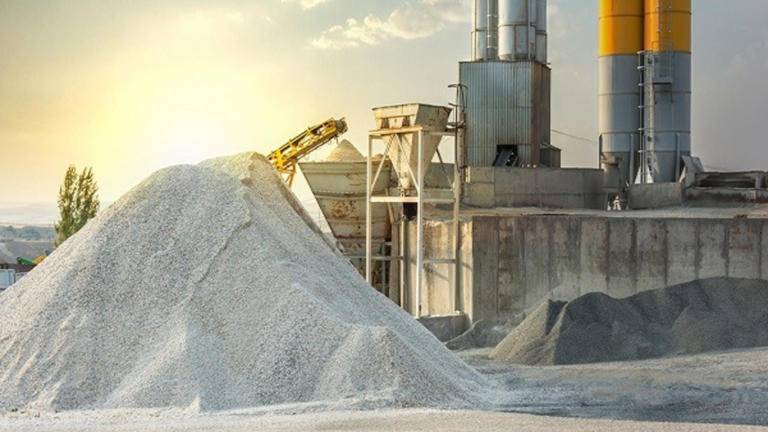
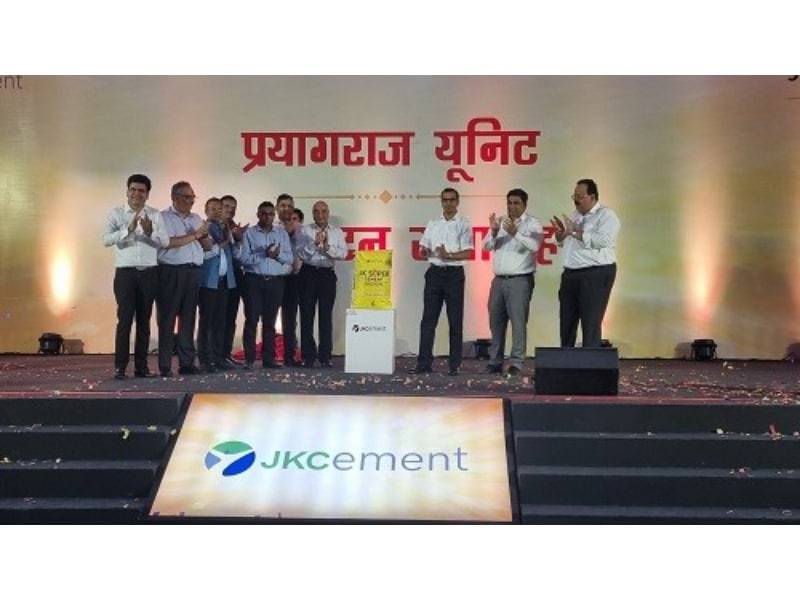


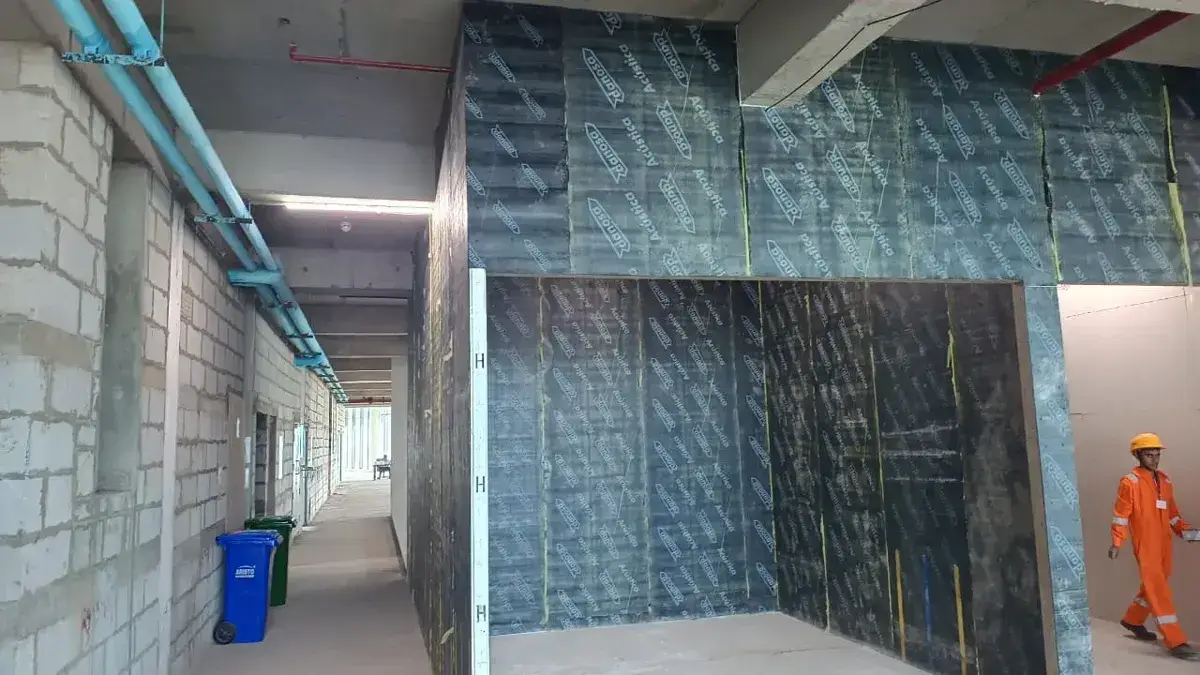
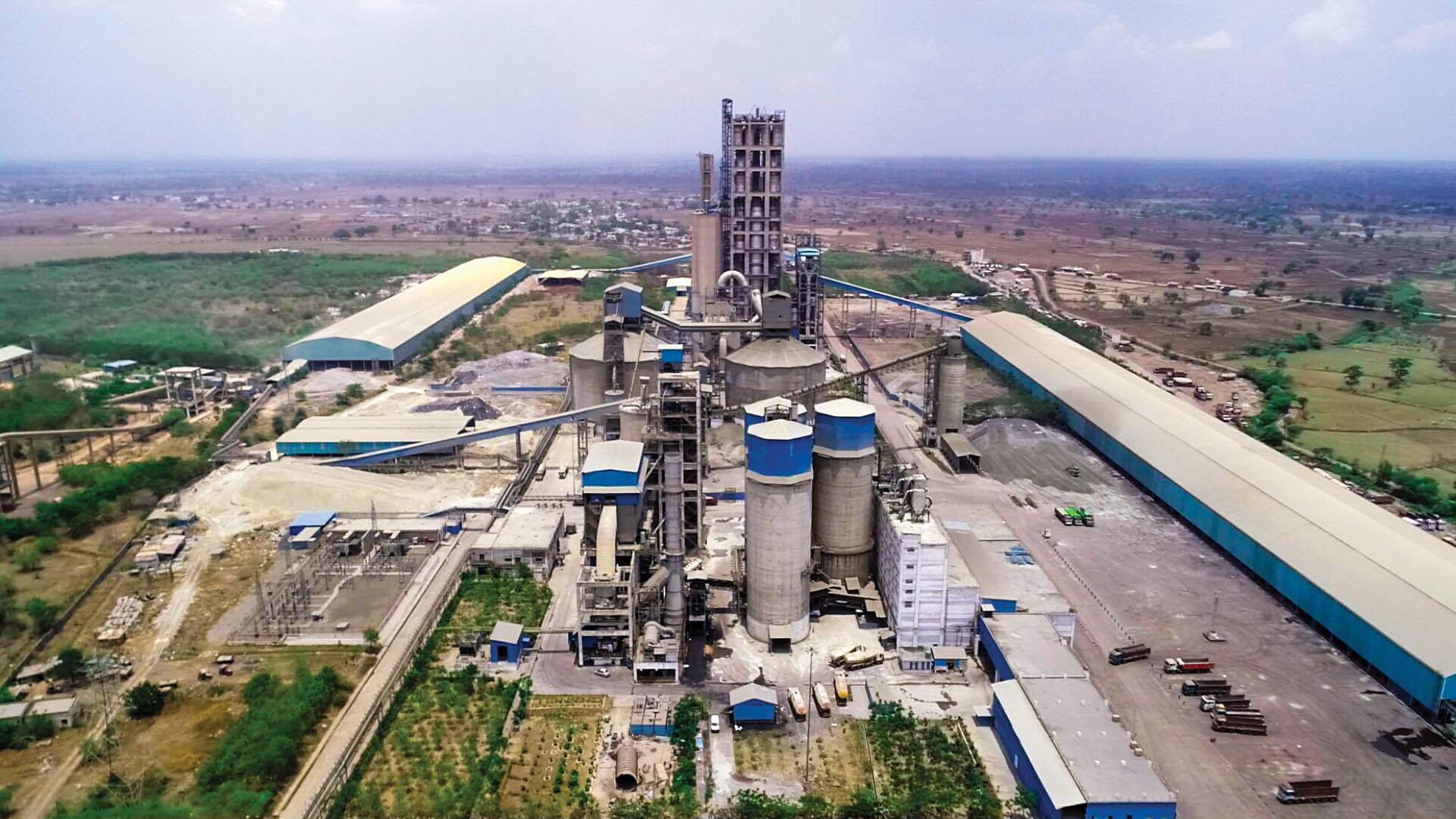
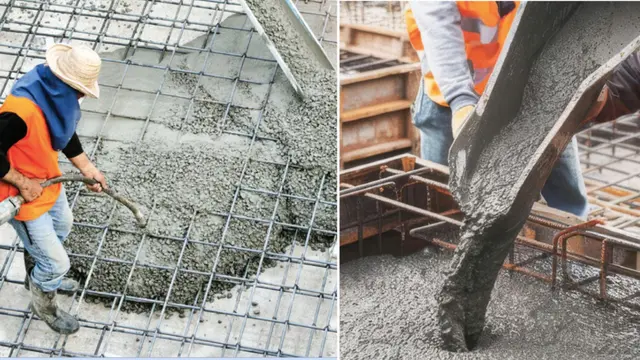

.png)